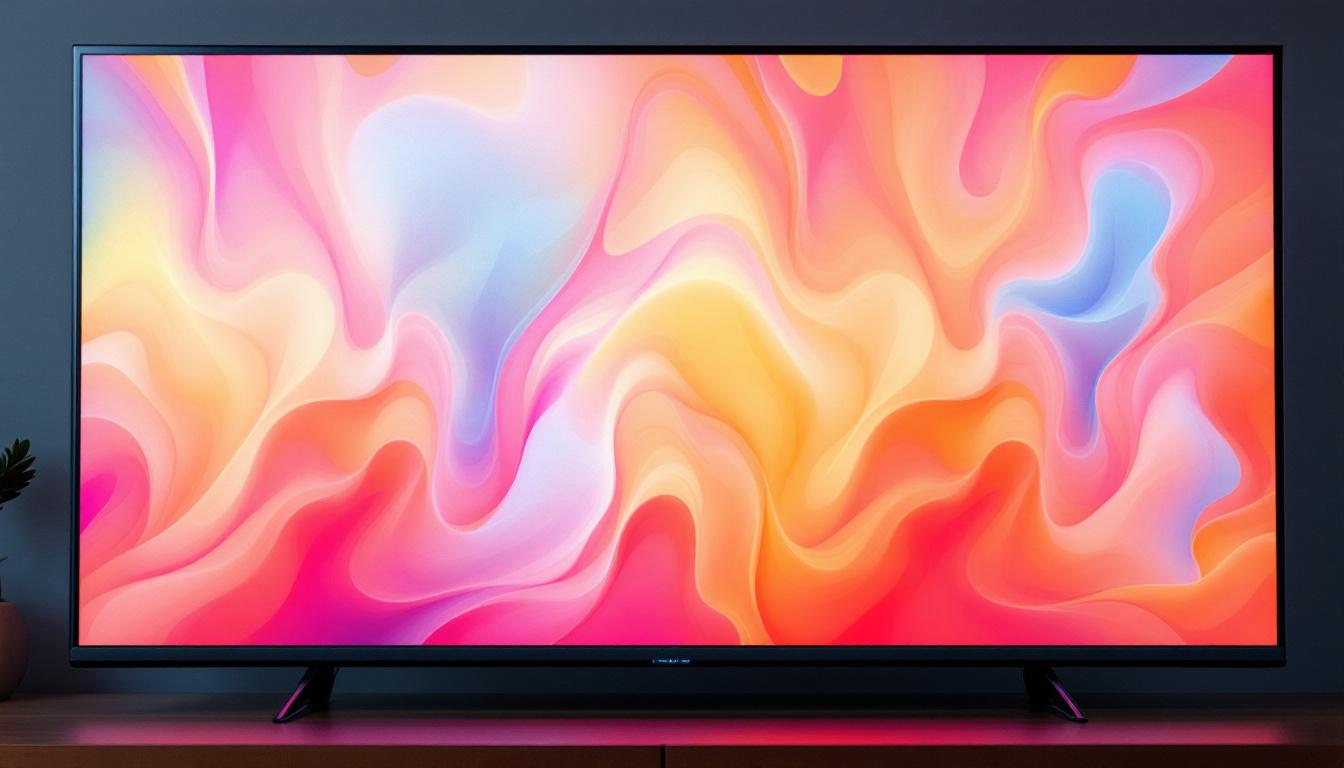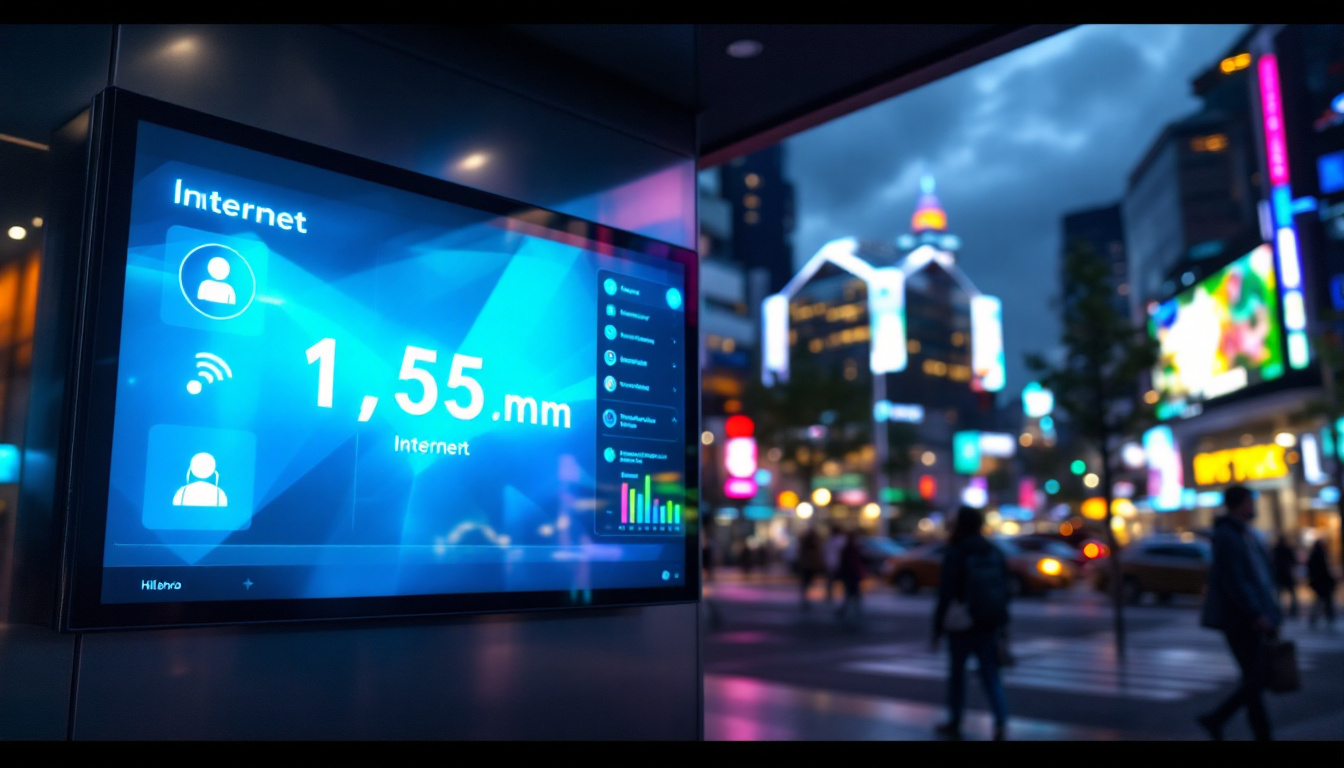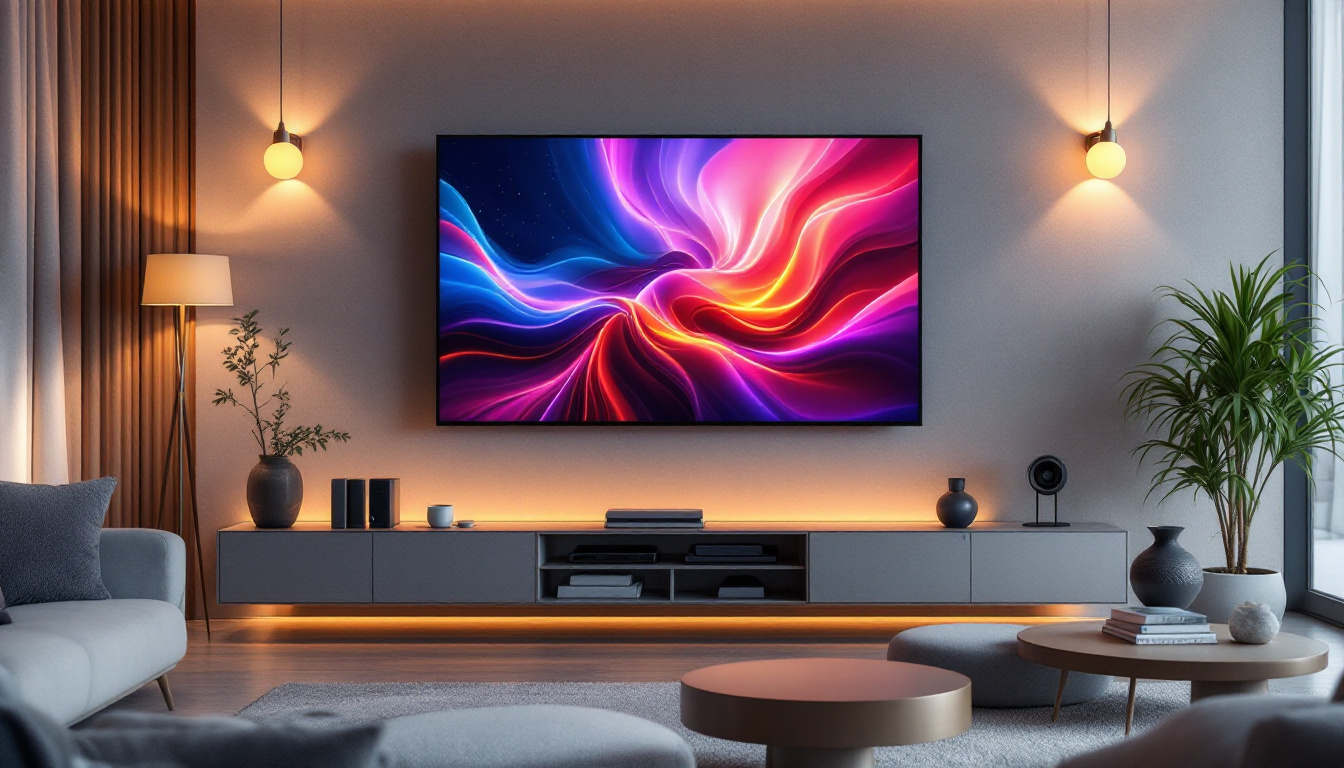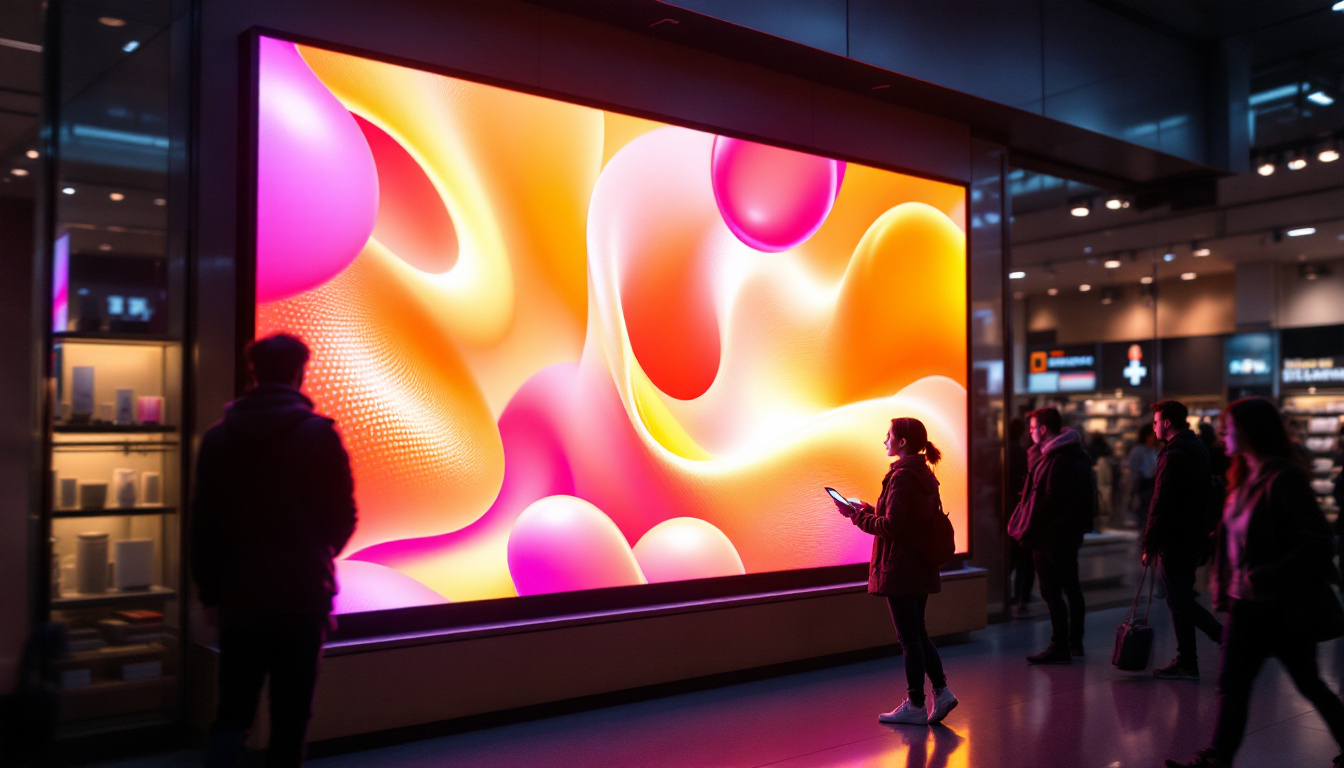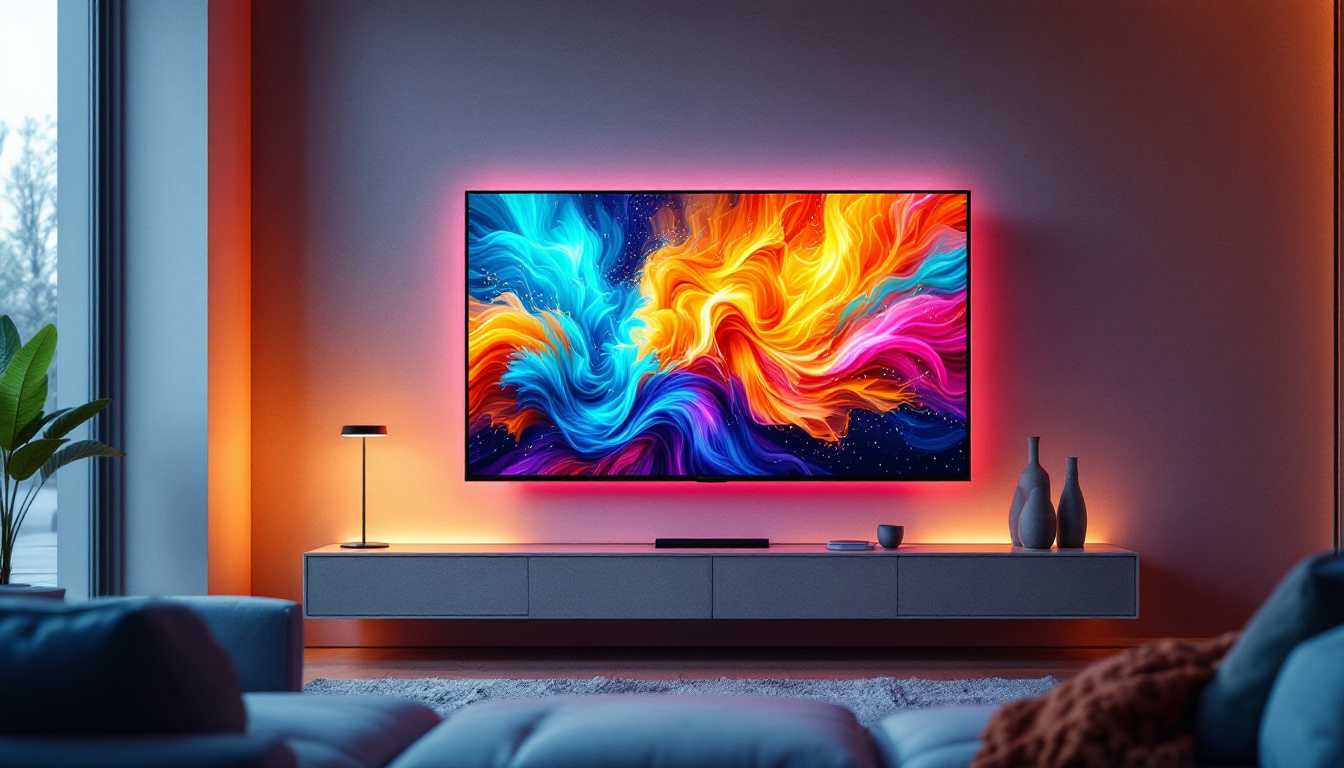Choosing the right television can be a daunting task, especially when confronted with terms like LED, LCD, OLED, and QLED. Among these, the distinction between LED and LCD TVs often causes confusion. This article aims to clarify the differences between LED and LCD displays, explain how each technology works, and help you make an informed decision when purchasing your next TV.
Understanding the Basics: What Are LCD and LED TVs?
What is an LCD TV?
LCD stands for Liquid Crystal Display. LCD TVs use liquid crystals sandwiched between two layers of glass or plastic. These crystals do not emit light on their own; instead, they manipulate light to create images. To make the picture visible, LCD panels require a backlight.
Traditionally, LCD TVs used Cold Cathode Fluorescent Lamps (CCFLs) as backlights. These lamps emit a uniform white light that passes through the liquid crystals, which then adjust to block or allow light to create the images on the screen. The technology has evolved significantly since its inception, allowing for thinner designs and higher resolutions. Moreover, the color reproduction capabilities of LCD TVs have improved, making them suitable for a variety of viewing environments, from brightly lit rooms to darkened theaters.
One of the notable features of LCD technology is its ability to maintain consistent color accuracy and brightness levels across the screen. This is particularly important for viewers who enjoy watching movies or playing video games, as it enhances the overall viewing experience. Additionally, LCD TVs are generally more affordable than their LED counterparts, making them a popular choice for budget-conscious consumers.
What is an LED TV?
LED TVs are essentially a type of LCD TV that uses Light Emitting Diodes (LEDs) for backlighting instead of CCFLs. This is a crucial distinction because the term “LED TV” is often misunderstood as a completely different technology, but it is actually an LCD TV with a different backlight source.
LED backlighting offers several advantages over CCFLs, including better energy efficiency, thinner panels, and improved picture quality. The LEDs can be arranged either around the edges of the screen (edge-lit) or directly behind the screen (full-array), affecting brightness and contrast. Full-array LED TVs, in particular, can provide superior contrast ratios by allowing for local dimming, which means that specific areas of the screen can be dimmed or brightened independently, resulting in deeper blacks and more vibrant colors.
Furthermore, LED technology has paved the way for advancements such as HDR (High Dynamic Range), which enhances the range of colors and brightness levels that a TV can display. This feature is becoming increasingly popular among consumers who seek a more immersive viewing experience. With the rise of streaming services offering HDR content, LED TVs are well-equipped to deliver stunning visuals that bring movies and shows to life. The combination of improved energy efficiency and enhanced picture quality makes LED TVs a compelling choice for modern households.
How Do LED and LCD TVs Work?
The Role of Backlighting
Both LCD and LED TVs rely on backlighting to illuminate the screen. The liquid crystals themselves do not produce light; they control how much light passes through each pixel. The quality and type of backlighting significantly influence the overall picture quality.
CCFL backlights provide consistent illumination but have limitations in brightness, color accuracy, and energy consumption. LEDs, on the other hand, offer greater control over brightness and can produce a wider color gamut, resulting in richer and more vibrant images.
Types of LED Backlighting
There are two primary types of LED backlighting used in LED TVs:
- Edge-Lit LED: LEDs are placed along the edges of the screen, and light is distributed across the display using light guides. This design allows for thinner TVs but can sometimes result in uneven brightness or “clouding” in darker scenes.
- Full-Array LED: LEDs are positioned directly behind the screen in a grid. This setup enables local dimming, where specific zones of LEDs can be dimmed or brightened independently, improving contrast and black levels.
Comparing Picture Quality: LED vs. LCD
Brightness and Contrast
LED TVs generally outperform traditional LCD TVs in terms of brightness. LED backlighting can achieve higher luminance levels, making them better suited for viewing in well-lit rooms. Additionally, full-array LED TVs with local dimming can produce deeper blacks and higher contrast ratios, enhancing the overall viewing experience.
In contrast, CCFL-backlit LCD TVs often struggle with black levels, resulting in a washed-out appearance in dark scenes. This is because the backlight is always on at a uniform brightness, limiting the ability to produce true black.
Color Accuracy and Range
LED backlighting allows for a wider color gamut and better color accuracy compared to CCFL backlights. Many modern LED TVs support standards like HDR (High Dynamic Range), which enhances color depth and brightness to deliver more lifelike images.
While traditional LCD TVs can display vibrant colors, they typically cannot match the depth and richness offered by LED TVs, especially those with quantum dot technology (QLED), which further improves color performance.
Viewing Angles
One area where both LCD and LED TVs face challenges is viewing angles. Because the liquid crystals control light direction, colors and contrast can shift when viewed from the side. However, some LED TVs use advanced panel technologies like IPS (In-Plane Switching) to improve viewing angles.
Overall, neither traditional LCD nor LED TVs offer the wide viewing angles found in OLED displays, but LED TVs with IPS panels provide a noticeable improvement over older LCD models.
Energy Efficiency and Design Considerations
Energy Consumption
LED TVs are more energy-efficient than traditional CCFL-backlit LCD TVs. LEDs consume less power and generate less heat, contributing to longer device lifespan and lower electricity bills. According to the U.S. Department of Energy, LED-backlit TVs can use up to 30-50% less energy than CCFL-backlit LCD TVs of similar size.
Design and Thickness
The use of LED backlighting allows manufacturers to create thinner and lighter TVs. Edge-lit LED TVs, in particular, can be incredibly slim, making them ideal for wall mounting and modern home aesthetics.
In contrast, CCFL backlights require more space, resulting in thicker panels. This difference in design can influence your choice if you prioritize a sleek, minimalist look in your living space.
Price and Market Availability
Cost Differences
When LED backlighting first emerged, LED TVs were significantly more expensive than traditional LCD TVs. However, as LED technology has become the industry standard, prices have dropped substantially. Today, most new TVs marketed as LCD are actually LED-backlit, making the distinction less relevant in terms of cost.
CCFL-backlit LCD TVs have largely disappeared from the market, replaced by more energy-efficient and higher-quality LED models. Therefore, consumers looking for new TVs will primarily encounter LED-backlit LCD TVs.
Market Trends and Consumer Preferences
The television market has evolved rapidly over the past decade. According to market research from Statista, over 90% of LCD TVs sold globally in recent years use LED backlighting. This shift reflects consumer demand for better picture quality, energy efficiency, and thinner designs.
Additionally, emerging technologies like OLED and QLED are gaining popularity, offering even higher picture quality and contrast. However, LED-backlit LCD TVs remain the most common and affordable option for most households.
Which Should You Choose: LED or LCD?
Summarizing the Differences
To recap, the term “LCD TV” traditionally referred to TVs using CCFL backlighting, while “LED TV” refers to LCD TVs that use LED backlighting. LED TVs offer several advantages, including:
- Better brightness and contrast
- Improved color accuracy and HDR support
- Thinner and lighter design
- Lower energy consumption
In contrast, traditional CCFL-backlit LCD TVs are now largely outdated, offering lower picture quality and higher power consumption.
Consider Your Viewing Environment and Budget
If you are purchasing a new TV today, it is highly likely that you will be buying an LED-backlit LCD TV. When selecting a model, consider factors such as screen size, resolution (4K is now standard), HDR capability, and panel type (IPS vs. VA) to find a TV that matches your viewing preferences and budget.
For rooms with bright lighting, an LED TV with high brightness and anti-reflective coatings will enhance visibility. For home theater setups, look for full-array LED TVs with local dimming to achieve deeper blacks and better contrast.
Future of TV Display Technologies
Emerging Alternatives to LED and LCD
While LED-backlit LCD TVs dominate the market, newer technologies are reshaping the landscape. OLED (Organic Light Emitting Diode) TVs offer self-emissive pixels, meaning each pixel produces its own light. This results in perfect blacks, infinite contrast, and superior viewing angles.
QLED TVs, developed by companies like Samsung, combine quantum dot technology with LED backlighting to enhance brightness and color accuracy further. These TVs often compete directly with OLEDs in picture quality and price.
What This Means for Consumers
As technology advances, consumers benefit from improved picture quality and more options at various price points. While LED-backlit LCD TVs remain a solid choice for most buyers, those seeking the best possible image quality might consider OLED or QLED models, especially as prices become more accessible.
Regardless of the technology, understanding the distinctions between LCD and LED displays helps consumers make informed decisions and avoid marketing confusion.
Conclusion
The distinction between LED and LCD TVs can be confusing, but at its core, LED TVs are a type of LCD TV that uses LED backlighting instead of traditional CCFLs. This change has led to significant improvements in picture quality, energy efficiency, and design.
When shopping for a new television, focusing on LED-backlit LCD models will provide a balance of performance and affordability. Keep in mind additional features like HDR support, resolution, and panel type to find the best TV for your needs. As display technology continues to evolve, staying informed will ensure you enjoy the best viewing experience possible.
Discover the Future of Visual Experience with LumenMatrix
Now that you understand the advantages of LED technology in enhancing your viewing experience, it’s time to see it in action. LumenMatrix, a pioneer in LED display innovation, offers a wide array of cutting-edge LED display solutions tailored to meet your needs. From Indoor and Outdoor LED Walls to dynamic Vehicle and Sports Displays, our products are designed to captivate and engage. Embrace the future of visual communication with our All-in-One LED Displays and revolutionary Transparent LED solutions. Elevate your brand’s presence and create unforgettable visual experiences. Check out LumenMatrix LED Display Solutions and transform the way you share your message with the world.

